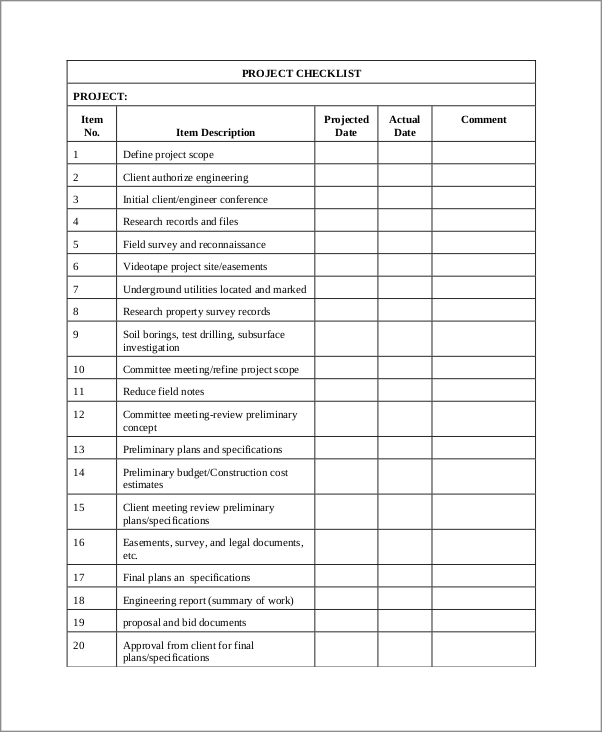Embarking on a new project can be both exciting and overwhelming. Whether you’re a seasoned professional or a novice in the field, having a project checklist is essential to ensure that you stay organized and on track. A project checklist serves as a roadmap, guiding you through each step of the project and ensuring that no important tasks or details are overlooked.
In this article, we will provide you with a comprehensive guide to creating and utilizing a project checklist that will help you achieve success.
What is a Project Checklist and Why is it Important?
A project checklist is a detailed document that outlines all the tasks, resources, and milestones that need to be accomplished throughout a project. It serves as a reference point for the project team, providing a clear and structured framework for project management. A well-designed project checklist can help ensure that all necessary steps are taken, deadlines are met, and potential risks are mitigated.
Having a project checklist is important for several reasons. Firstly, it helps in defining project goals and objectives, ensuring that everyone involved is on the same page. It also helps in identifying and allocating resources effectively, thereby avoiding any delays or bottlenecks. A project checklist also serves as a communication tool, enabling stakeholders to stay informed about the progress and status of the project. Lastly, a project checklist provides a sense of accountability, as it allows project managers to track and measure the success of the project against predefined criteria.
How to Create an Effective Project Checklist
Creating an effective project checklist requires careful planning and consideration. Here are some key steps to follow:
1. Define Project Goals and Objectives
Start by clearly defining the goals and objectives of your project. What do you hope to achieve? What are the specific deliverables? By clearly articulating the project’s purpose, you can better align your checklist with the desired outcomes.
2. Identify Key Milestones and Deadlines
Break down your project into smaller, manageable tasks and identify key milestones and deadlines for each task. This will help you stay on track and ensure that progress is being made promptly. Consider using project management software or tools to help you visualize and track these milestones.
3. Allocate Resources and Responsibilities
Determine the resources needed for each task and assign responsibilities to team members. This includes identifying who will be responsible for each task, what resources they will need, and any dependencies or constraints that need to be considered. Communicate these assignments to ensure everyone is aware of their roles and responsibilities.
4. Anticipate Risks and Mitigation Strategies
Identify potential risks and challenges that may arise during the project and develop strategies to mitigate them. This may include having contingency plans in place, conducting regular risk assessments, and ensuring that there is a clear escalation process for resolving issues.
5. Monitor Progress and Communication
Regularly monitor the progress of the project and communicate updates to stakeholders. This can be done through status reports, meetings, or project management tools. Effective communication is crucial to keep everyone informed and aligned with the project’s objectives.
6. Evaluate and Learn from the Project
Once the project is completed, take the time to evaluate its success and identify areas for improvement. Conduct a post-project review to gather feedback from team members and stakeholders. This will help you refine your project checklist for future endeavors.
Sample Project Checklist
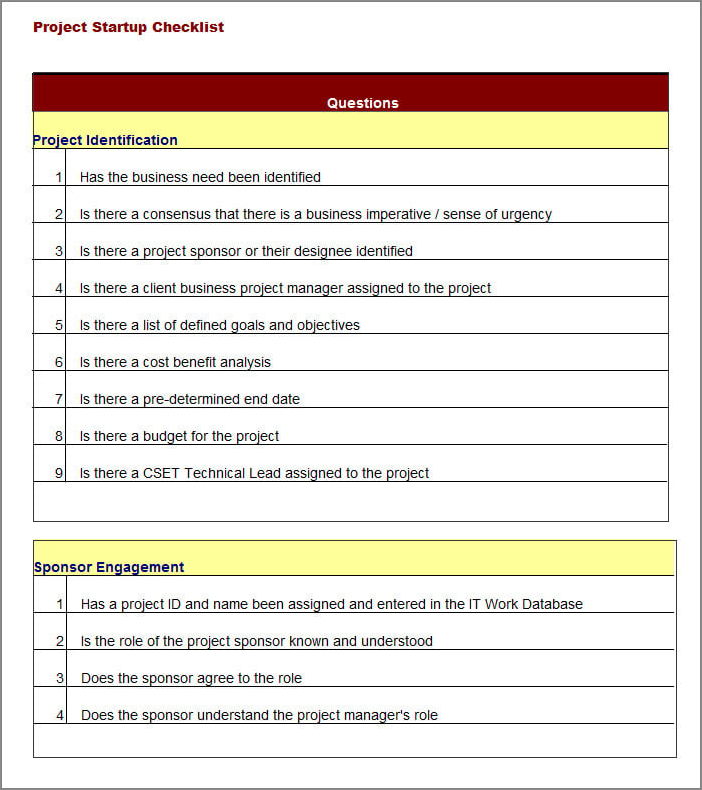
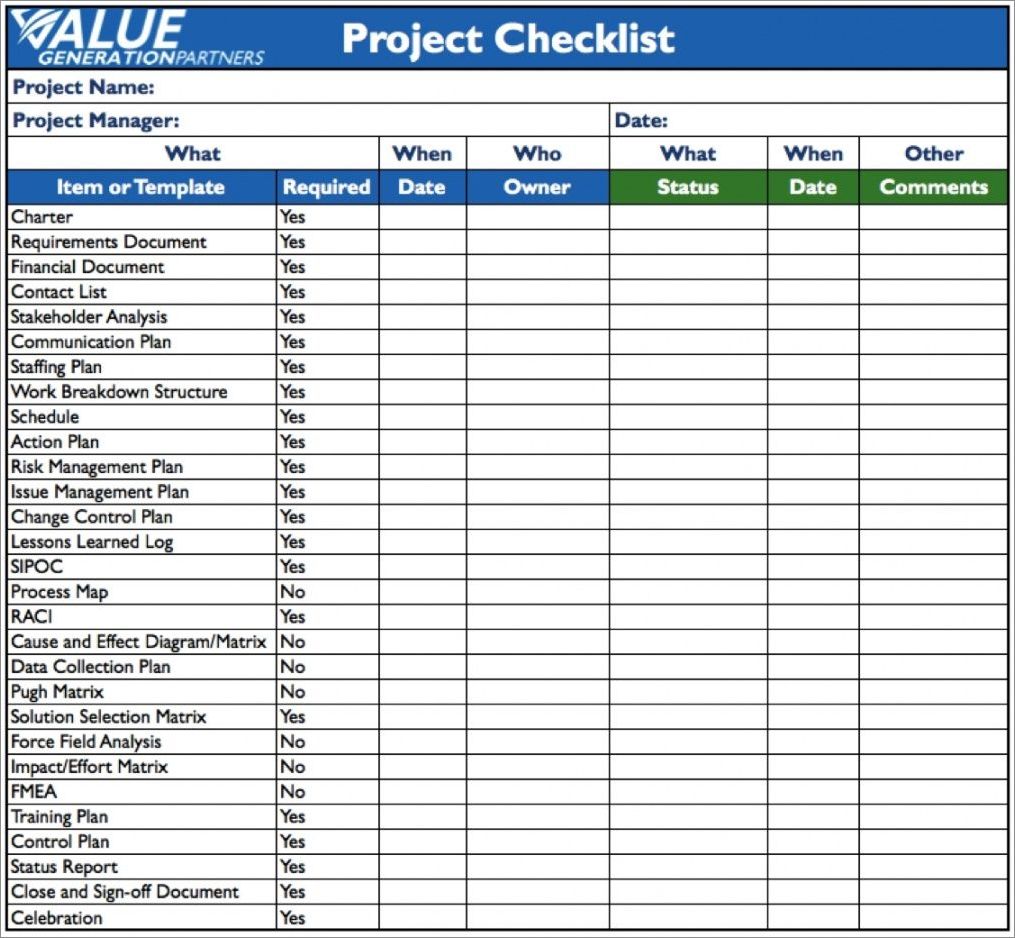
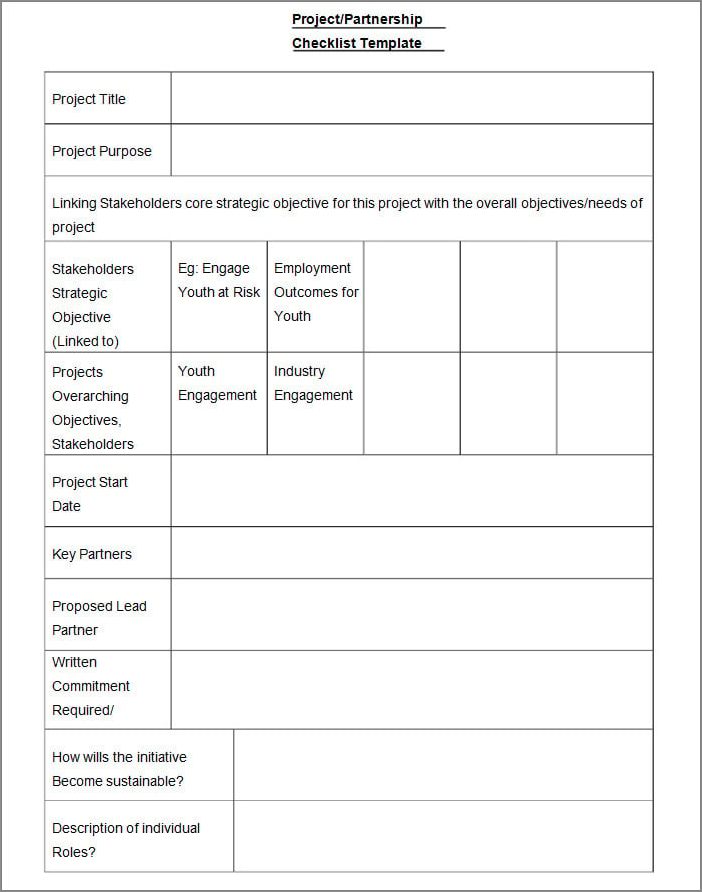
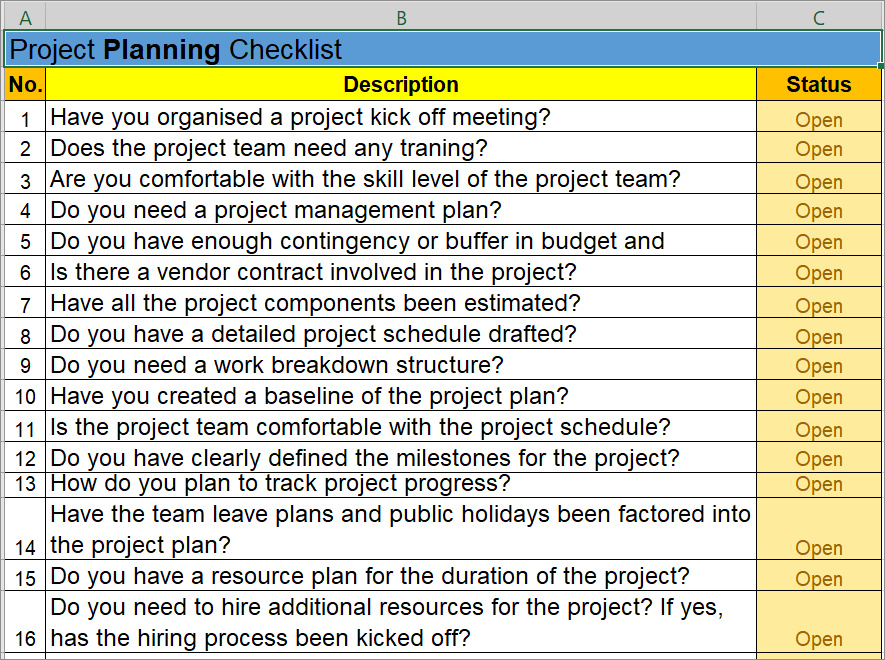
- Define project goals and objectives. Clearly articulate the purpose and desired outcomes of the project.
- Identify key milestones and deadlines. Break down the project into smaller tasks and set deadlines for each milestone.
- Allocate resources and responsibilities. Determine the resources needed for each task and assign responsibilities to team members.
- Anticipate risks and mitigation strategies. Identify potential risks and develop strategies to mitigate them.
- Monitor progress and communication. Regularly track the project’s progress and communicate updates to stakeholders.
- Evaluate and learn from the project. Conduct a post-project review to gather feedback and identify areas for improvement.
Conclusion
A project checklist is an invaluable tool for project management. It provides a structured framework for organizing and executing tasks, ensuring that nothing falls through the cracks. By following the steps outlined in this article to create an effective project checklist, you can increase your chances of success and deliver your projects on time and within budget. So, next time you start a new project, remember to refer back to your project checklist and set yourself up for success.
Project Checklist Template – Download
